15 Forgotten Ways We Used to Celebrate New Year’s Eve (And 4 That Might Surprise You)

New Year’s Eve celebrations have changed dramatically over the decades. While today we ring in the new year with fireworks, champagne, and countdowns on our phones, past generations had their own unique (and sometimes bizarre) traditions.
From community bonfires to odd superstitions, these 19 forgotten New Year’s Eve customs might just make you want to bring some of them back—or leave them in the past.
1. First-Footing for Good Luck

A tradition in Scotland and parts of the U.S., “first-footing” meant that the first person to enter your home after midnight could determine your luck for the year. A dark-haired visitor bringing coal or whisky was considered a good omen, while a redhead or a woman? Not so much.
This custom was rooted in the belief that the first visitor of the year could bring fortune or misfortune. It’s a practice reflecting the cultural emphasis on luck and hospitality.
2. Midnight Bell-Ringing
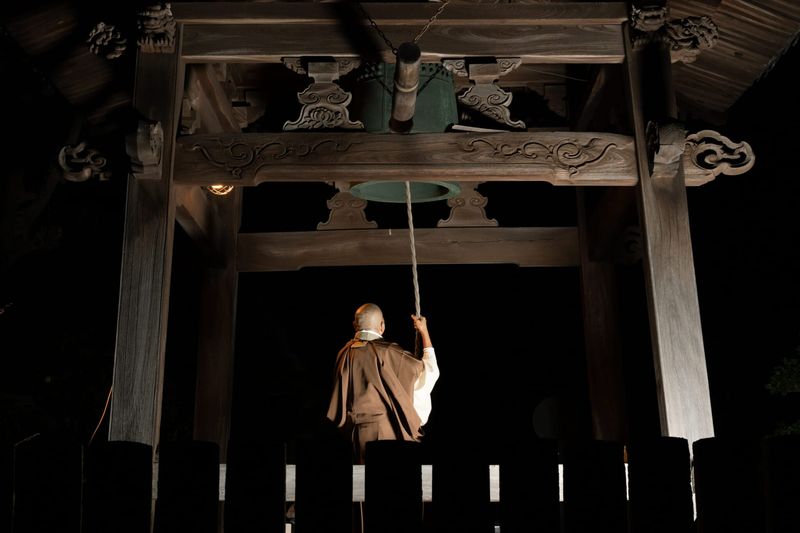
Before fireworks and digital countdowns, communities would ring church bells at the stroke of midnight to signal the arrival of the new year. Some even believed the noise scared away evil spirits.
The tradition fostered a sense of community as people gathered to mark the passage of time together. The sound of bells breaking the silence of the night was both comforting and exhilarating in its own way.
3. Smashing Plates for Good Fortune
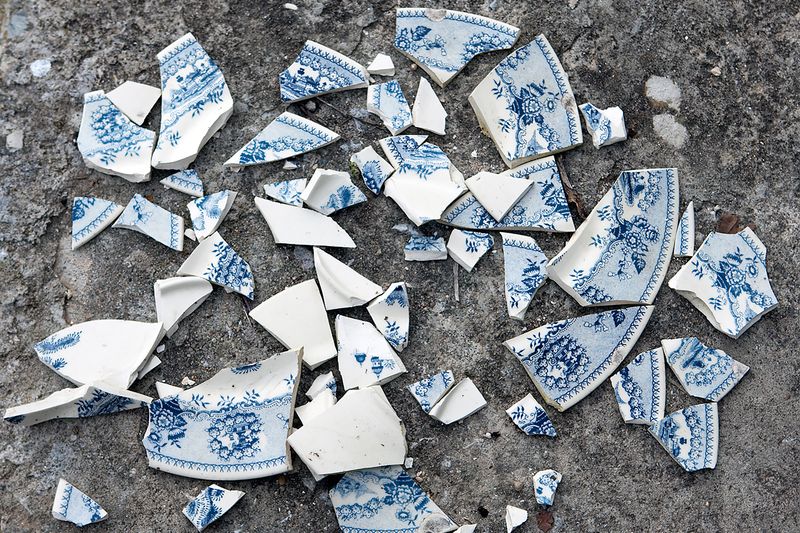
In some European cultures, people would smash plates and dishware against their friends’ doors to wish them luck. The bigger the mess, the better the fortune—though modern landlords probably wouldn’t be thrilled with this tradition.
This act of friendly vandalism was a way to bring good fortune and laughter to the new year. It was an enthusiastic celebration of community bonds and good spirits.
4. Open Doors and Windows to Let the Old Year Out
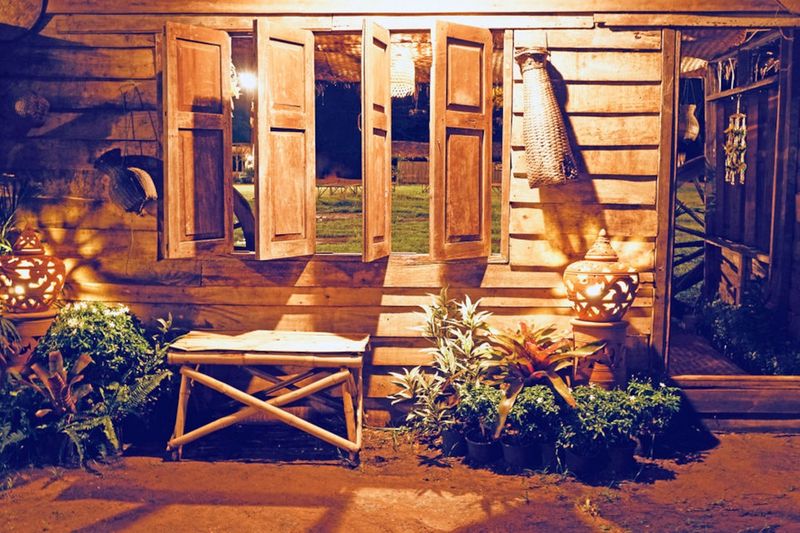
It was once common to open all the doors and windows of a house at midnight to let out the old year and welcome in the new. This was especially popular in Victorian households, where superstition ran deep.
The symbolism was clear: out with the old, in with the new. This cleansing ritual was a hopeful practice to ensure a fresh start and new beginnings.
5. Fortune-Telling with Molten Lead
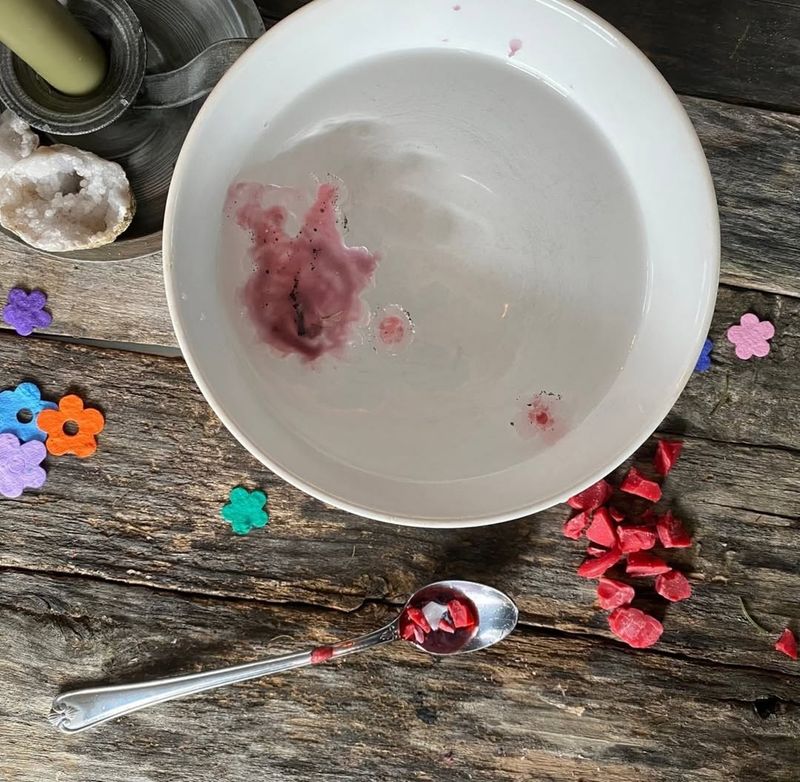
In Germany and Nordic countries, people practiced Bleigießen—pouring molten lead into cold water and interpreting the shapes it made to predict the future. A heart meant love, while an anchor symbolized hope.
This tradition was a popular form of divination and added mystery to the celebrations. Families gathered to see what the new year might hold, sharing interpretations and hopes.
6. Wearing White for a Fresh Start

In Brazil, wearing white on New Year’s Eve was believed to bring peace and prosperity. Some even waded into the ocean to jump over seven waves while making wishes for the new year.
It combined spiritual and cultural elements, offering a beautiful way to begin the year with hope and purity. The ocean waves symbolized challenges, and conquering them meant a successful year ahead.
7. Banging Pots and Pans at Midnight
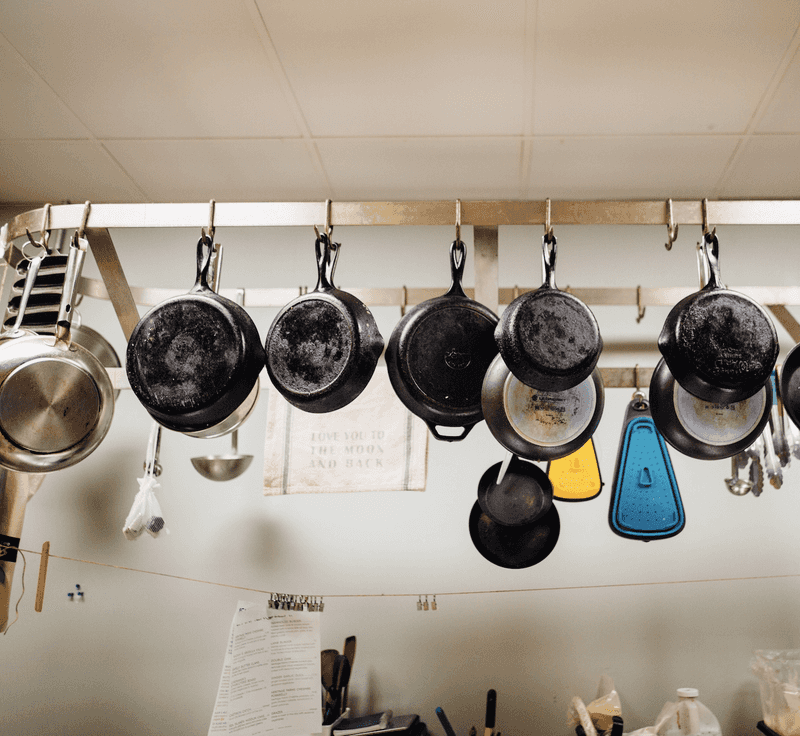
Long before noisemakers and party horns, families would grab their pots and pans and bang them together as loudly as possible when the clock struck midnight. It was meant to drive away bad luck—and possibly annoy the neighbors.
This noisy tradition was both a celebration and a protective measure, intended to usher in the new year with enthusiasm and clear away negative energy.
8. Burning an Effigy of the Old Year
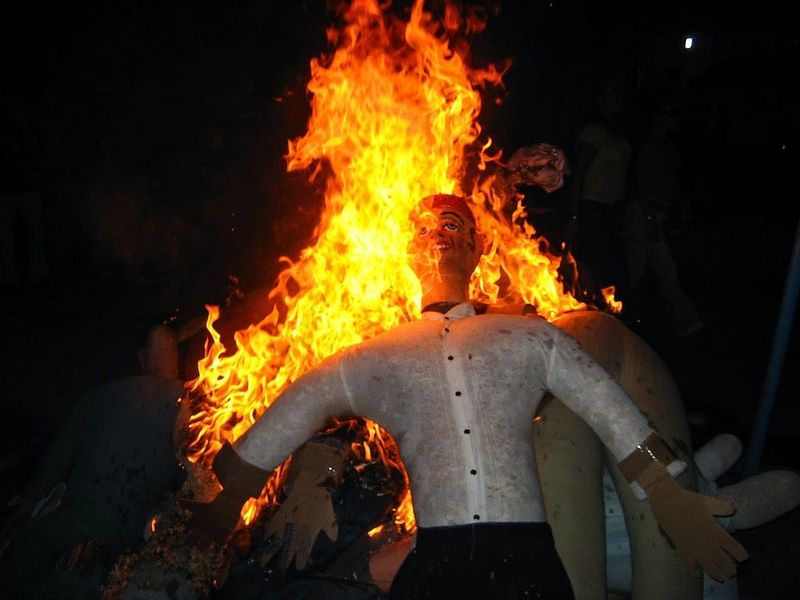
In Latin American countries, people would build scarecrow-like effigies filled with old clothes, paper, and fireworks, then set them on fire at midnight. The idea was to symbolically burn away the past year’s misfortunes.
It was both a spectacle and a symbolic gesture, representing the desire to let go of the past and embrace new opportunities.
9. Eating 12 Grapes for Luck
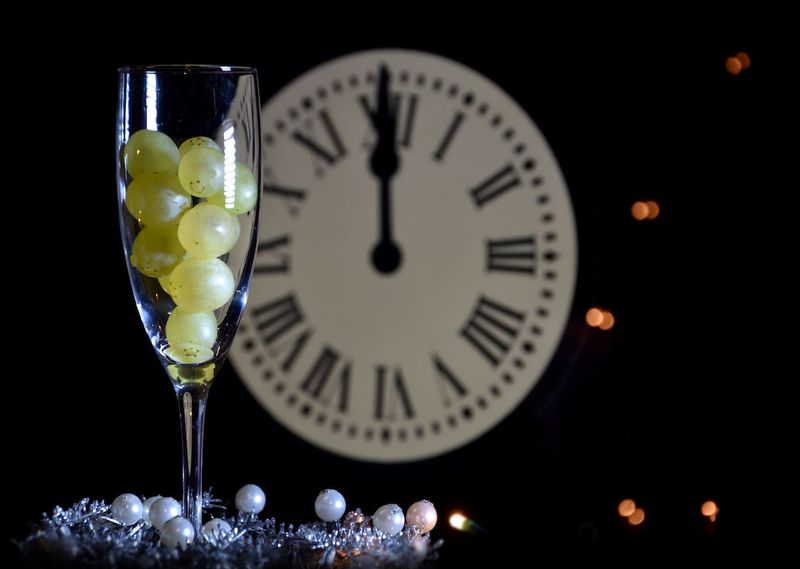
A Spanish tradition that spread to Latin America, eating 12 grapes at the stroke of midnight—one for each chime of the clock—was said to bring luck for each month of the coming year. But if you got a sour grape? That month might not go so well.
This simple yet meaningful tradition was a race against time, full of laughter and anticipation, as each grape represented a month of hopes and dreams.
10. Kissing the Rooster
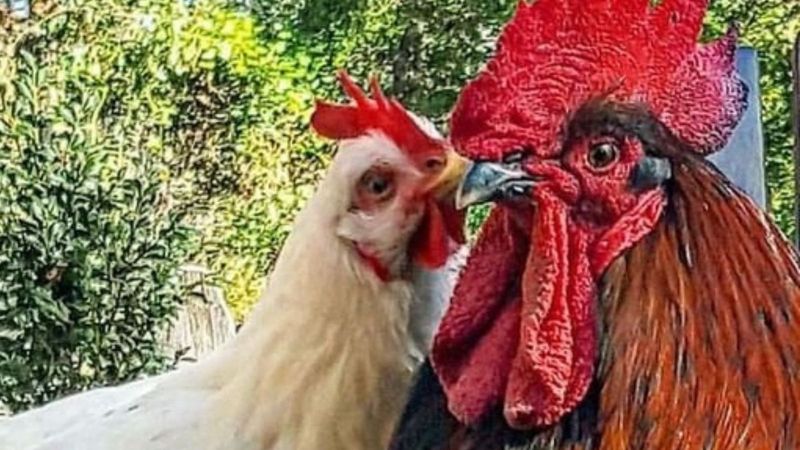
In parts of rural America, an old folk superstition suggested that kissing a live rooster on New Year’s Eve would bring fertility and prosperity. Safe to say, this one didn’t stick around.
This quirky tradition highlighted the blend of superstition and humor in rural communities. It was an unusual, albeit entertaining, way to ensure blessings for the new year.
11. Fortune-Filled Cakes
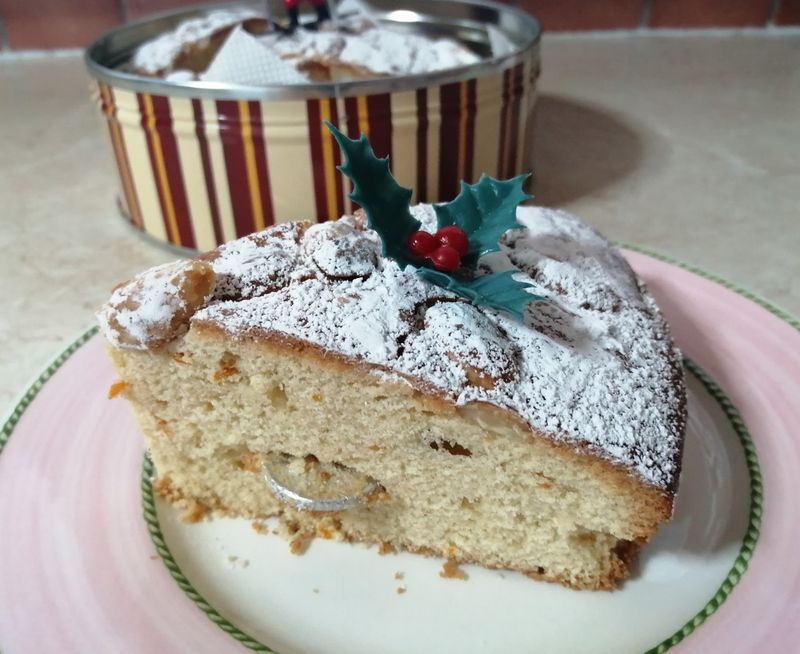
In Greece, cutting into a Vasilopita cake with a hidden coin inside was a New Year’s Eve tradition. Whoever found the coin in their slice was said to have good luck for the whole year.
It added a sweet element of surprise to the celebrations, as families shared in the anticipation and joy of discovering who would be the lucky one.
12. Shooting Guns into the Air
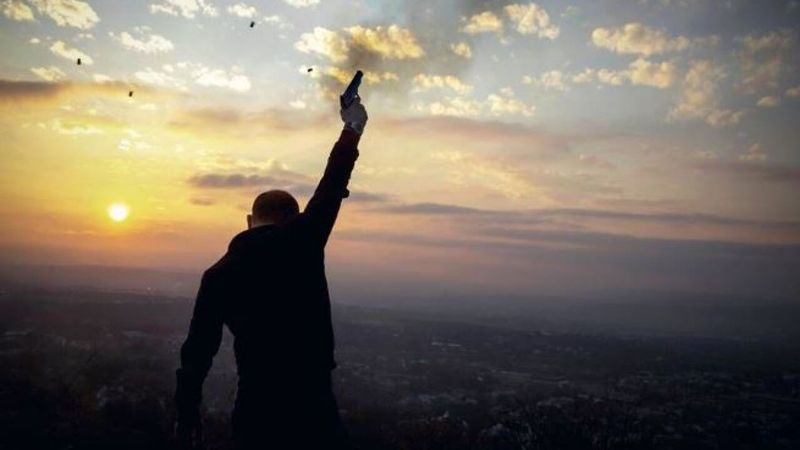
In parts of the southern U.S., firing guns into the sky at midnight was once a way to celebrate and “scare away evil spirits.” Thankfully, fireworks have since taken over this somewhat dangerous tradition.
This dramatic celebration was both thrilling and risky, reflecting the bold spirit of the communities that embraced it. It was a way to announce the new year with a literal bang.
13. Reading Tea Leaves for the Future
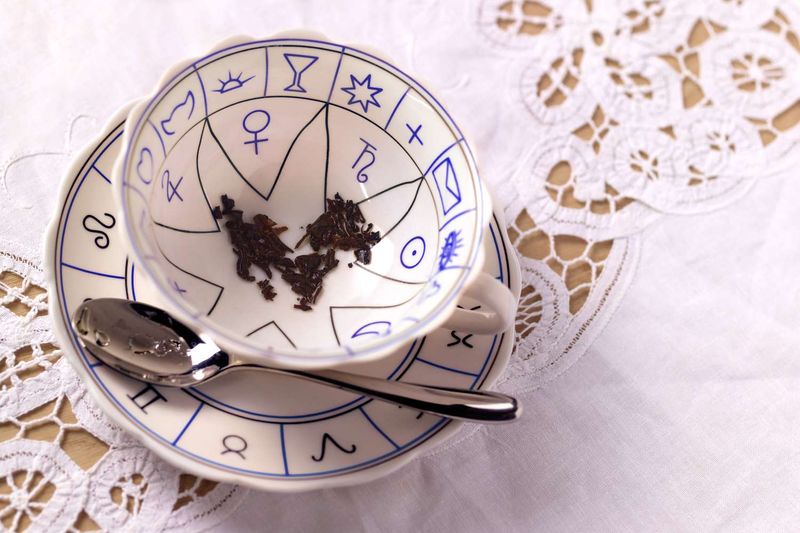
Some families gathered around on New Year’s Eve with a pot of tea, drinking it down and analyzing the leftover tea leaves in their cups to see what the new year had in store for them.
This tradition was a form of fortune-telling that brought families together in curiosity and hope. It was an intimate and reflective way to end the year, as everyone pondered the possibilities ahead.
14. Making a Midnight Wish List
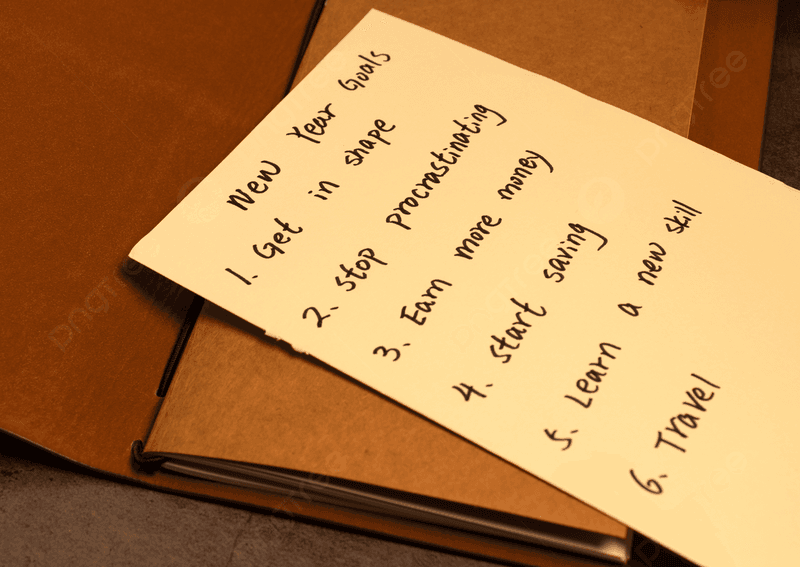
Before vision boards were a thing, some people would write down their goals and dreams for the upcoming year, seal them in an envelope, and hide them away until the next New Year’s Eve to see what came true.
It was a personal and hopeful exercise, allowing individuals to set intentions and reflect on their aspirations. It was a private ceremony of dreams and desires.
15. Washing Away the Old Year
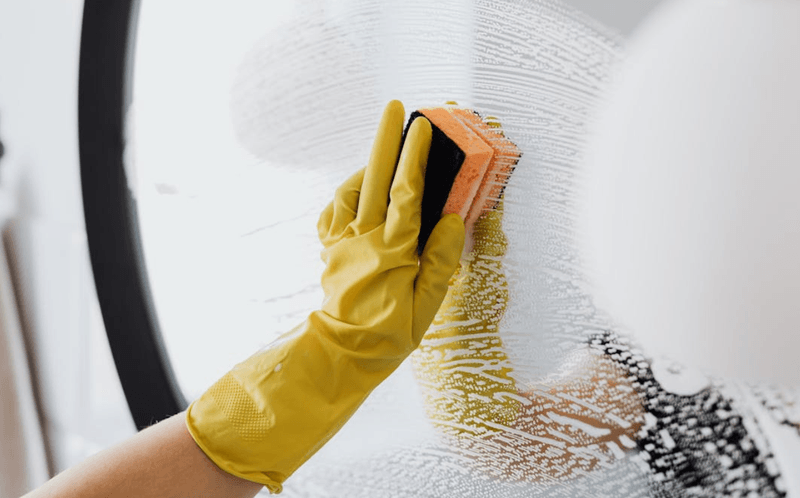
In parts of Asia, it was customary to deep-clean the entire house before New Year’s Eve to symbolically sweep away bad luck and make room for good fortune.
This cleaning ritual was both practical and symbolic, as families prepared their homes for new beginnings. It was a refreshing way to start the year with a clean slate and positive energy.
16. Leaving Money on the Windowsill
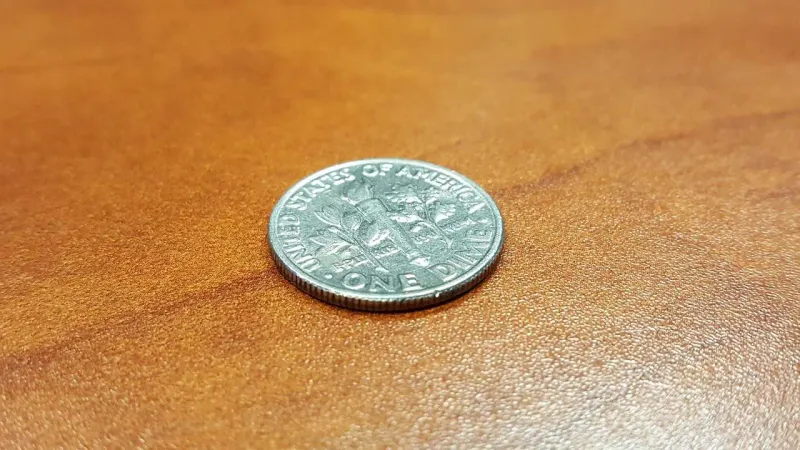
Some believed that placing money on a windowsill or doorstep overnight on New Year’s Eve would attract wealth in the coming year. Just had to hope no one walked off with it!
This simple tradition was a hopeful gesture, symbolizing the desire for prosperity and abundance. It was a subtle yet meaningful way to invite financial blessings into one’s life.
17. Wearing Polka Dots for Prosperity

In the Philippines, wearing polka dots on New Year’s Eve was thought to attract wealth, as the round shapes resembled coins. Even better if your pockets were filled with actual coins!
It was a playful expression of hope for prosperity and good fortune. It added a splash of color and joy to the celebrations, as families embraced the new year with style.
18. Feasting on Pork for Progress
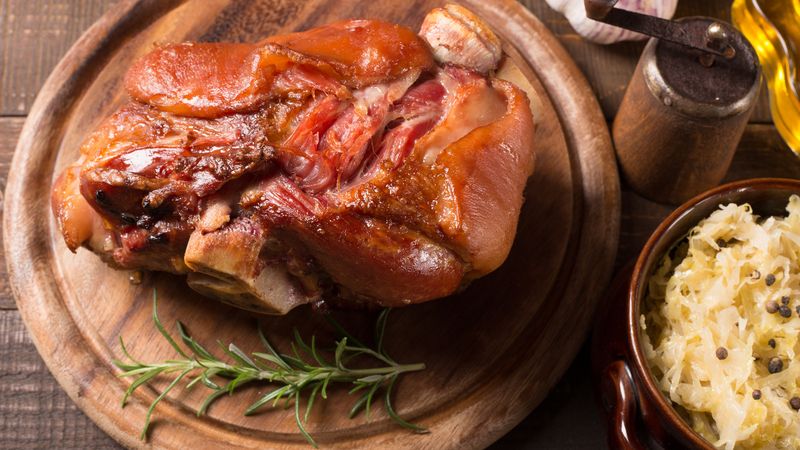
In many cultures, pork was considered the ultimate lucky New Year’s food because pigs root forward when they eat—symbolizing progress. On the other hand, eating chicken or lobster was discouraged, as they move backward.
This culinary tradition was both delicious and symbolic, offering a grounded way to promote progress and prosperity. Families gathered to share in the hope of forward movement.
19. Drinking “Wassail” for Good Health
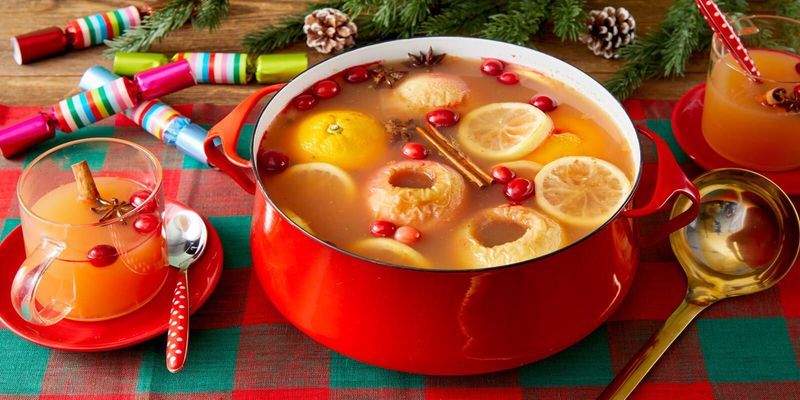
Wassailing involved drinking a spiced cider-like punch and toasting to good health and fortune. In some versions, revelers even paraded through orchards singing to the trees to ensure a bountiful apple harvest.
This hearty tradition was both social and symbolic, bringing people together in celebration and gratitude. It was a joyful way to welcome the new year, with hopes of health and abundance.
